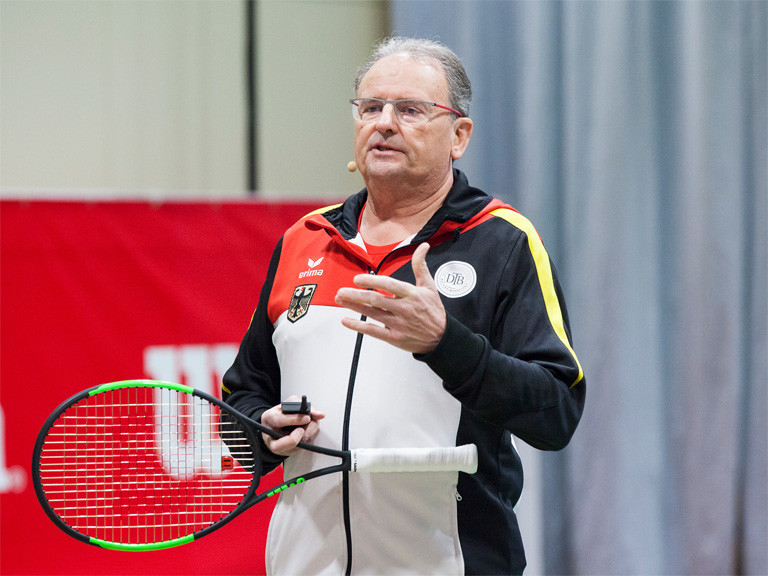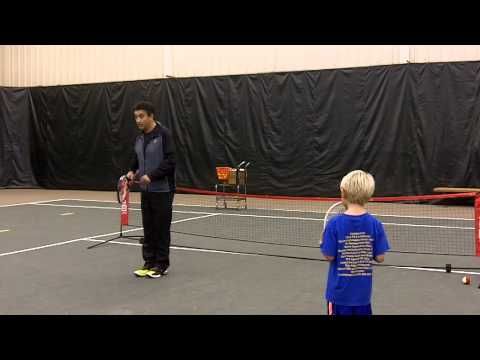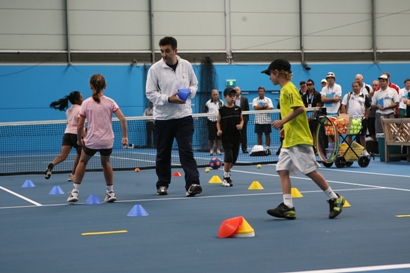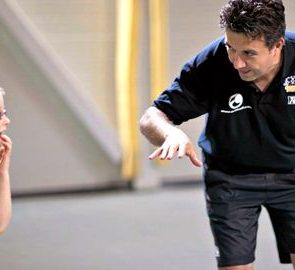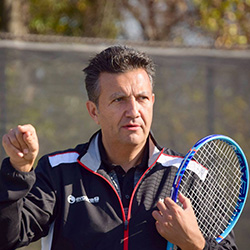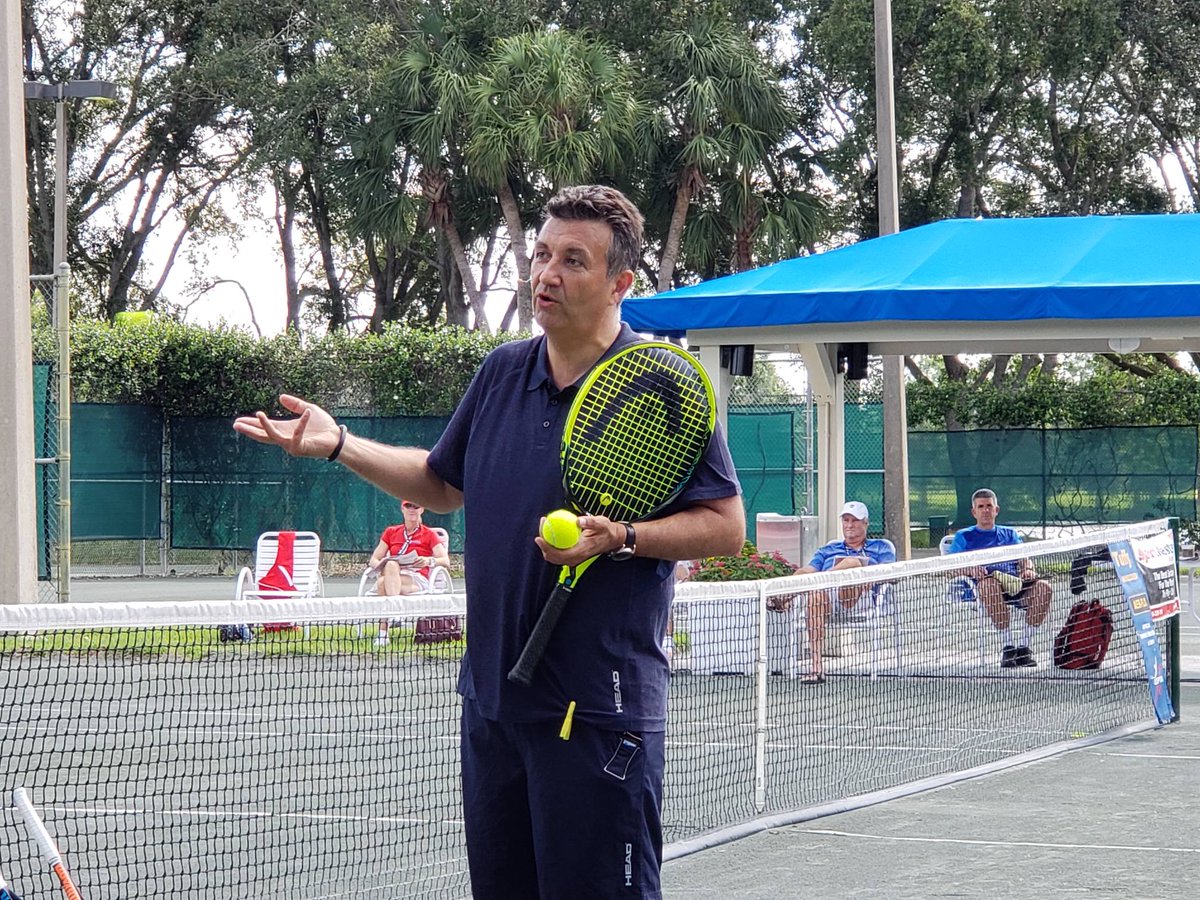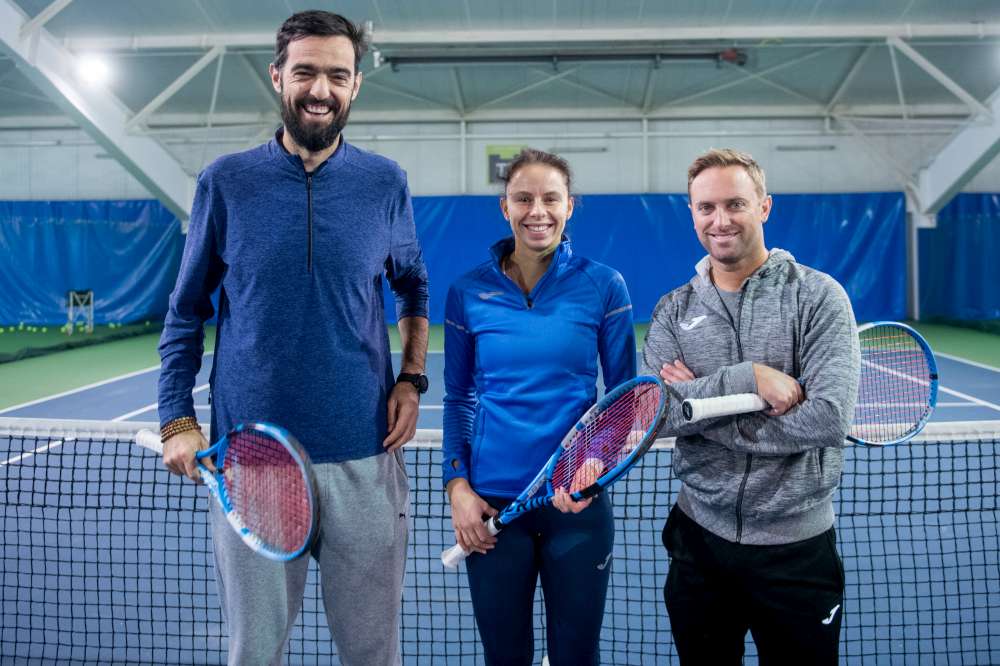Most first girls, have a lot of family characteristics from their father, but also, they’re born into an environment where we’re all looking at who’s our role model. So, we’re born into an environment where basically the people ahead of us are the people we’re looking towards. So, if you’re the first child, you’re looking towards your parents and we normally have a cross gender relationship which is also why there is a phrase “mommy’s boy” or “daddy’s girl” there’s not really a phrase called “daddy’s boy” or “mummy’s girl.
First children
First, children tend to have more perfectionist tendencies because they didn’t see their parents publicly making mistakes. They did make them, but they tend to hide them to their kids. Then the second child comes along. What people forget is the second child is born into a different environment. There’s already another child there. If it’s a boy, if it’s two brothers, normally that brother wants to compete with the older brother. You’ve just given me a finish line, now I’m going to go for it. That also happens if the first child is a boy and the second child is a girl, because society generally traditionally wrongly doesn’t expect the girl to outdo the boy. Most of the time, they absolutely do academically and otherwise, as a girl with an older brother, and that’s a profile that comes also from most of the girls in the top 100 WTA.
The WTA top 100
We did a study in 2017. 74 of the top 100 women were the first girl in the family. Some had an older brother, but they were the first girl in the family. So, they either drew characteristics from their father or drew characteristics from their older brother.
2nd children
If you have an older sister society is doing this comparative thing for girls. If you have an older sister, in general, the number one thing you don’t want to be is your older sister. She’s the first girl, she’s the original, you don’t want to be a copy of the original, you want to be your own person. So very often that person takes a very different path. So, you have the first child taking this really kind of linear, straightforward path, copying their parents being a little more serious, a little more studious. Then the second one comes along and they need to find a different way to get attention. Because especially if I’m a second girl so often, they’ll try and do things in a very different way
If you take the most famous sisters in tennis Venus and Serena. Serena is much more vocal about things. They have older sisters from previous marriages but it’s a first girl and second girl situation really. Venus the first one more serious and studious. The second one comes along and she’s like, I have to find a way. Traditionally in most families, what would have happened is the second girl would have gone right, I’m not going to do tennis because my older sister is really good of tennis, but probably because of the nurturing triangle that was in that family and also the way the father pushed they end up with both playing tennis. Of course, you have two very different girls because they don’t want to be the same. They love each other, but they don’t want to be the same deep down.
So, as coaches, we need to understand those drivers. We need to understand the motivation. We need to understand it will be a lot easier to teach that first child who’s very linear, very studious, used to listening and being told what to do. Then there is the second one who wants to voice their opinion, because that’s how they get the attention and that’s how they step up.
3rd or 4th children
If you get the third or fourth kid in a family, they’re born into chaos. I always joke. When I was the third boy in my family, when my parents brought me home, they just went, “Oh, yeah, just put him over there in the corner. We’ve had two of them already. It’ll be fine, don’t worry.” Whereas with the first one, they were probably listening to every noise the child made. And because they’re more relaxed, the child realizes that they better learn to negotiate. I better learn to be able to express myself. I need to learn what battles I can win and which ones I can’t. I have to blend into the background sometimes. 3rd children are not normally the natural born leaders. They are usually top salespeople. By their very nature, they have to communicate, they have to negotiate, it’s who they are. Most American presidents are first children.
We think we’re talking about tennis and then we realize we’re talking about people; we have to start diving into the psychology of the why? Why did somebody say that? What are they trying to get from that? What’s their reason?
